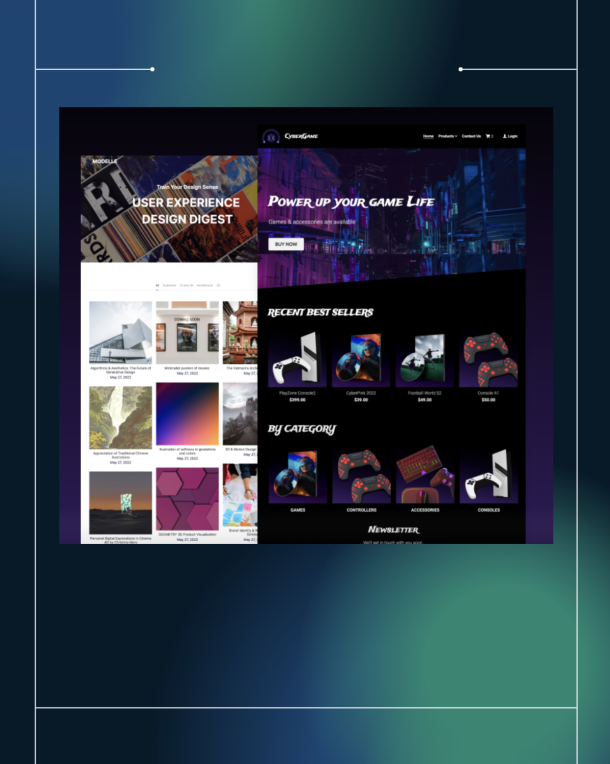You have an e-commerce store. Congratulations. But your eCommerce store marketing is all wrong.
I bet you are also thinking of ways to promote or advertise your store but you are wondering how to go about it.
Do a search and you’ll get all sorts of suggestions. That’s good, and you can follow all of those suggestions.
Yet, I can bet that when you finally get around to doing marketing for your e-commerce store, you’ll probably do it all wrong.
The reason why I am so confident that you might do it wrong is that just like everyone else, you’ll focus on “getting traffic” to your e-commerce store and ignore everything to do with conversions, leads, and sales.
Since most potential buyers don’t browse the Internet with their wallets in hand and they don’t normally buy what they see (your products) right away, a smarter strategy is to use your paid traffic dollars to have them sign up (as a lead) for a coupon or some sort of free giveaway.
According to a Deloitte study, more than 54% of shoppers abandon their shopping carts.
But I believe that the Deloitte Study is a bit dated (2015).
According to Baymard Institute, more than 69.89% if shopping carts are abandoned. Which means that about 70% of your total sales are lost. While you can’t recover all these sales, you can still recapture some of them.
Hint: You need emails to do that. Get software like Drip or Mailchimp and make it work for your business
Stop for a moment and think about it: no matter how many millions you throw at a campaign, chances are that more than half of those visitors to your e-commerce store are going to walk away, just like that.
Meanwhile, a Marketo study reveals that more than 96% of your e-commerce store visitors are not ready to buy when they first arrive at your store.
Thanks to Inputs from Cynthia Meyer of KlientBoost and WordStream, you need to maximize your e-commerce store sales. Here’s a short list of what you need:
- High-quality, dynamic product images (the larger, the better) while adding more conversion-boosting elements such as product image zoom on hover.
- Build trust as soon as you can (testimonials, social proof). See if you can pull in some user submitted reviews
- Offer discounts. Ideally, use landing pages — build pages using Unbounce or Leadpages — and link your landing pages with email marketing automation by using Drip or MailChimp.
- Use Clear Calls to action (Buy now, add to cart, Save 50% Now, Get 10% Off, or Get the Coupon Now). Here are a few calls to action examples you can get inspired from, right now.
- Use Wishlist features on your e-commerce store. People who create wish lists tend to come back more often, resulting in better chances of repeat buying. Shopify also has a Want Button that you can use.
- Use LiveChat or the more modern options such as Facebook Messenger Chatbots such as Botletter or any of the several other chatbot builders to start engaging with your potential visitors in real-time to make sales.
- Use videos to push product sales further. According to Internet Retailer, people who watch product videos have a likelihood of above 144% to purchase products. In fact, 96% of all respondents say they find watching a video helps them makes an online purchase decision, and 73% say they are more likely to purchase after watching a video that explains the products they are looking at online.
But guess what? All this is assuming you get traffic organically (Using Social Media, SEO, and various other ways you can generate traffic to your e-commerce store).
All of the above are only ways to optimize your e-commerce store and prep it up for maximizing sales on your store while you still hope that first-time visitors will actually buy your products.
As mentioned above, 96% of your visitors won’t buy the first time around. That’s why you need to do the following:
- Always point your Facebook and Google Shopping ads to landing pages, ideally promoting a single product.
- Don’t put a “buy now” button on those landing pages. Use landing pages only to generate leads.
- Use Pop-ups on your store and collect leads by giving away some of value. Give away coupons, for instance. You can use OptinMonster, Sumo, Divi’s Bloom, or several other tools available for lead generation on your e-commerce store.
- For all the links pointing from within your blog posts, on social media, and for paid traffic, point those links (and ads) to landing pages. Just use Unbounce or Leadpages to build your e-commerce specific landing pages which feature a single product or a catalog or related products.
As more people sign up for coupons or your other freebies, they are now a part of your email list. - Using Drip and/or MailChimp, you can easily segment, tag, and group your subscribers based on their behavior, orders placed, and more. Depending on those segments and tags, you can make email bring in the sales numbers. Email marketing providers like Drip also allow you to use Shopping cart abandonment emails, transactional emails, customer order notifications, and many other types of emails.
- You need to do retargeting if you want to grow your business. Nevertheless, build audiences (on both Facebook and Google) depending on your visitors’ behavior on your store, even if you are not planning to launch paid traffic campaigns at the moment. When you are ready for it, you’ll have a highly-primed and responsive audience to do remarketing to.
How do you market your e-commerce store? What’s your setup and workflow like?

